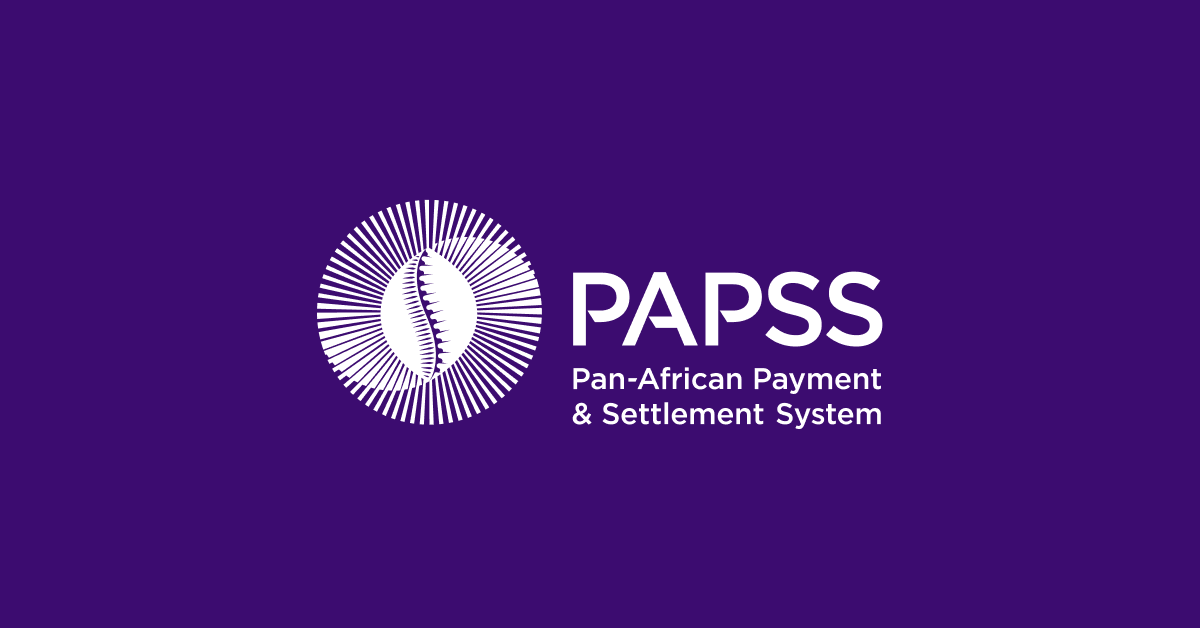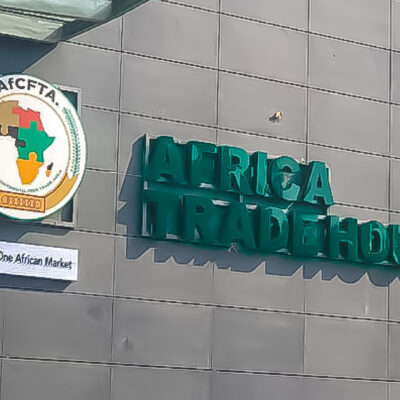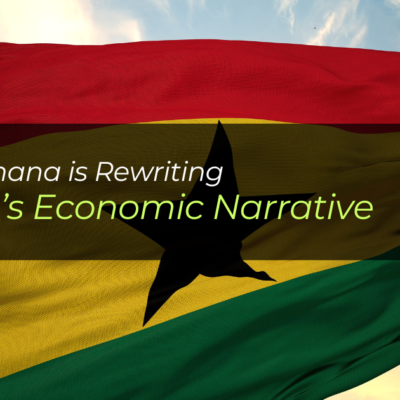Africa’s free market economic potential is often discussed as a future activity. However, the continent has been experiencing what many would call a ‘silent revolution’ in recent years. Since the signing of the African Continental Free Trade Agreement in 2021, the foundations for a unified African economy have been continuously laid. The Pan-African Payments and Settlement System (PAPSS) is at the core of this foundation.
PAPSS is a crucial piece of Africa’s regional integration puzzle, designed to facilitate seamless cross-border trade. This initiative is bound to improve the mechanics of cross-border trade across the continent.
This article briefly outlines the need for Africa’s payments infrastructure and its potential to further drive regional integration and economic growth.
LEARN MORE: The future of African trade: Why Going Digital Is Key
The need for a Pan-African Payment Infrastructure

Afreximbank’s latest report, African Trade and Economic Outlook (ATEO) 2025, states that African trade is set to reach US$1.5 trillion by 2025, with intra-African trade growing at 6.6% annually. To sustain this momentum, more mechanisms must be created to make it easier for African businesses, especially SMEs, to trade across borders seamlessly.
Traditionally, trade between African countries has faced a unique obstacle. Despite being intra-continental, transactions are often settled in foreign currencies (mainly the US dollar and the Euro).
This reliance has led to;
- Increased transaction costs
- Settlement delays
- increased exposure to volatility
- Cumbersome documentation requirements
- Restricted access to trade financing
These barriers have disproportionately affected African businesses, especially Small and Medium Enterprises (SMEs), which constitute the backbone of Africa’s manufacturing industry.
For the regional integration in Africa to succeed, the continent must resolve the critical issue of cross-border payments.
LEARN MORE: Enhancing Supply Chain Visibility in Africa
Background of Pan-African Payments and Settlement System (PAPSS)

Although most conversations around the AfCFTA evolve around tariff reduction and market access, the increased acceptance of the PAPSS is a vital catalyst for African economic integration.
The African Export and Import Bank, in collaboration with the African Union and the AfCFTA Secretariat, established the Pan-African Payments and Settlement System (PAPSS) in January 2022.
Understanding the PAPSS
The Pan-African Payment and Settlement System (PAPSS) is a digital platform that allows Africans to send money to each other across borders easily. It is like building a single financial highway connecting all African countries.
Before PAPSS, if a Nigerian business wanted to pay a Kenyan supplier, the money would often need to be converted to dollars or euros, sent through banks in Europe and America, and finally reach Kenya and be converted to Kenyan Shillings.
This process is slow, expensive, and keeps African economies dependent on Foreign currency.
With PAPSS, there is a direct connection between African countries. The same payment can go directly from Nigeria to Kenya in local currencies, completed in seconds.
The benefits for ordinary Africans are substantial:
- Market traders can immediately receive payments from customers in neighbouring countries
- Small businesses can easily pay suppliers across borders without currency headaches
- Families can send money to relatives in other African countries quickly and cheaply
- Cross-border shoppers can make purchases without worrying about complicated exchange processes
Beyond individual transactions, PAPSS helps the whole continent by keeping African money circulating within Africa, strengthening local currencies, and reducing the reliance on dollars and euros. In simple terms, it’s like holding the wealth in the family instead of sending it abroad.
LEARN MORE: Key Strategies for Procuring Cocoa in West Africa
The Growth of PAPSS

The system’s growth has been remarkable. It now connects 16 countries, 14 payment switches, and more than 150 commercial banks across the continent.
As PAPSS expands across more countries, it’s paving the way for seamless trade that could unite Africa into a single market where goods, services, and money flow as easily between African nations as between states or provinces within a country.
By enabling instant or near-instant cross-border payments in local currencies, PAPSS eliminates the dependency on third-party currencies and dramatically reduces the friction in intra-African trade.
Improved financial integration has profound implications for African manufacturers. A pharmaceutical producer in Nigeria can now source active ingredients from Kenya with dramatically reduced transaction costs and settlement times. Similarly, an agricultural processor in Ghana can pay suppliers in Rwanda without converting them to dollars and then paying them back again.
When fully implemented, a pan-African payments infrastructure is a game-changer for intra-African trade.
Looking Ahead: What does the future hold for Payments in intra-African trading?

The vision of an integrated African market of 1.3 billion people with a combined GDP of $3.4 trillion requires more than political agreements and tariff reductions. The practical reality of integration will be determined by how efficiently businesses can transact across borders.
According to a Reuters report, plans to pilot the African currency marketplace later this year are in place.
This development will enable direct, market-driven currency exchanges within Africa without using a third-party currency like the U.S. dollar.
The platform is poised to use an intelligent matching engine to pair ‘buy’ and ‘sell’ orders across different local currencies in real time. This will address long-standing issues of shallow FX markets, currency shortages and repatriation challenges.
By bypassing intermediaries, PAPSS can reduce transaction costs, mitigate the effects of volatile exchange rates and unlock new avenues for intra-African trade.
Financial Integration: Beyond Payments
While PAPSS addresses the critical payment infrastructure component, comprehensive financial integration encompasses several interconnected elements such as;
- Trade Finance: Even with efficient payment rails, African businesses require access to financing that enables them to participate in cross-border trade
- Regulatory Harmonisation: Consistent rules across markets reduce compliance costs and uncertainty
- Data Infrastructure: Creating alternative means of risk assessment and credit decisions across borders
- Financial Inclusion: Extending access to previously underserved segments, particularly SMEs |
With Oxide by Matta, we ensure financial inclusion for previously underserved segments and provide tailored financing solutions for African businesses.
Proper regional integration requires progress across all these dimensions, with payment systems forming the foundation upon which other financial services can be built.
LEARN MORE: How Africa Can Replicate South Korea’s Rapid Economic Growth
How Matta Supports Africa’s Financial Integration

Have you ever imagined what a unified African economy would look like?
In this economy, there would be seamless cross-border exchange of goods and services, seamless logistics, and a unified marketplace for traders of Chemicals, Raw materials, Ingredients and Commodities across the continent to trade effectively.
With Matta’s ecosystem, you don’t have to imagine this; it is the reality of African trade. We are streamlining how Africans buy and sell the essential raw materials that drive industrialisation.
Our non-traditional trade financing options complement the evolving payment infrastructure by addressing gaps in the trade finance ecosystem.
By providing manufacturers with flexible financing solutions that align with PAPSS transactions, Matta helps businesses maximise working capital efficiency while participating in cross-border trade.
We hope we can continue to support those who power Africa’s industrial evolution with scalable and practical solutions.
In a world of reducing attention spans, you took out time to read this. Thank you.




